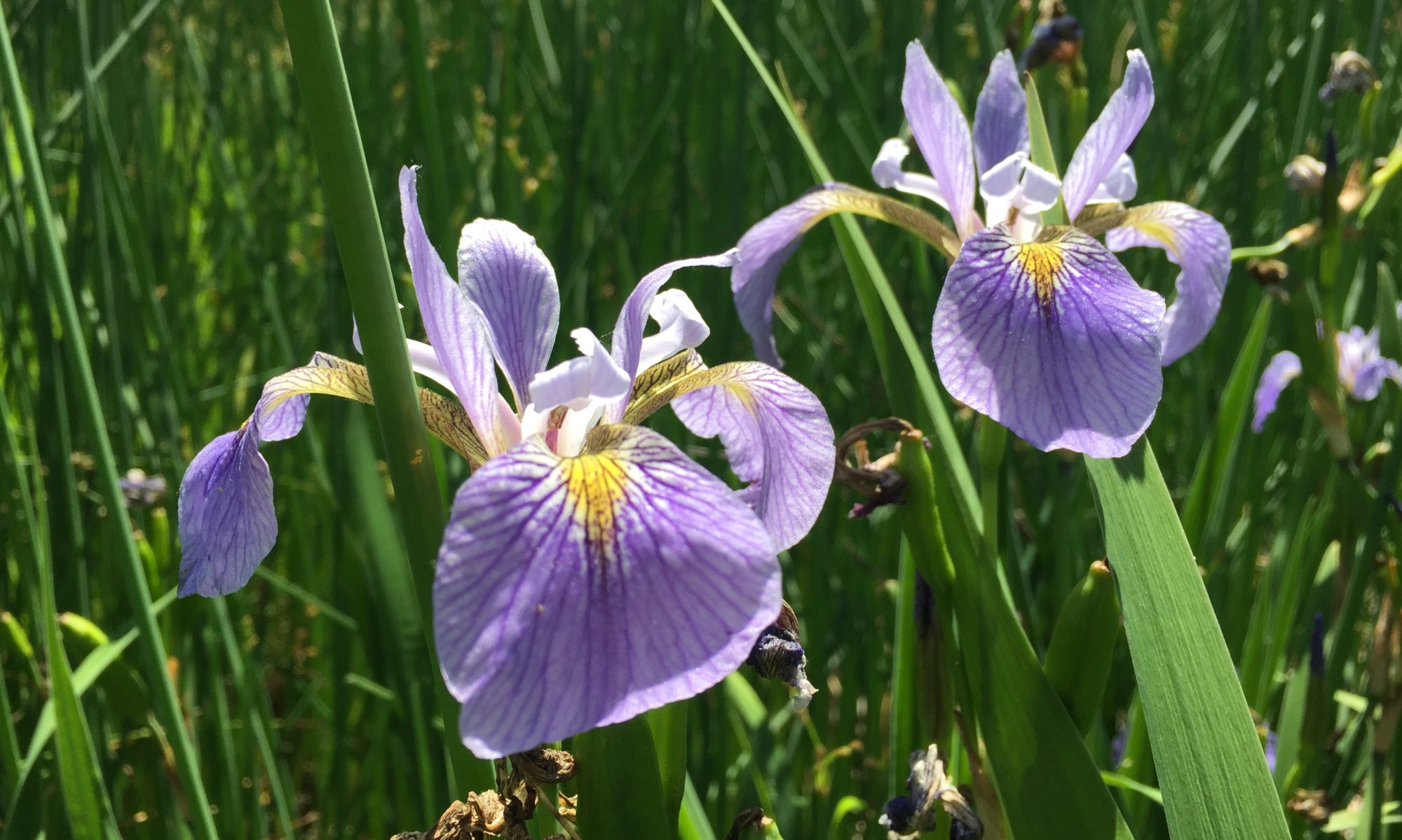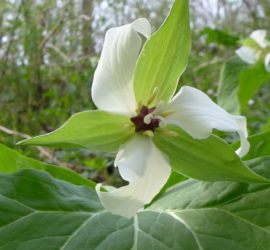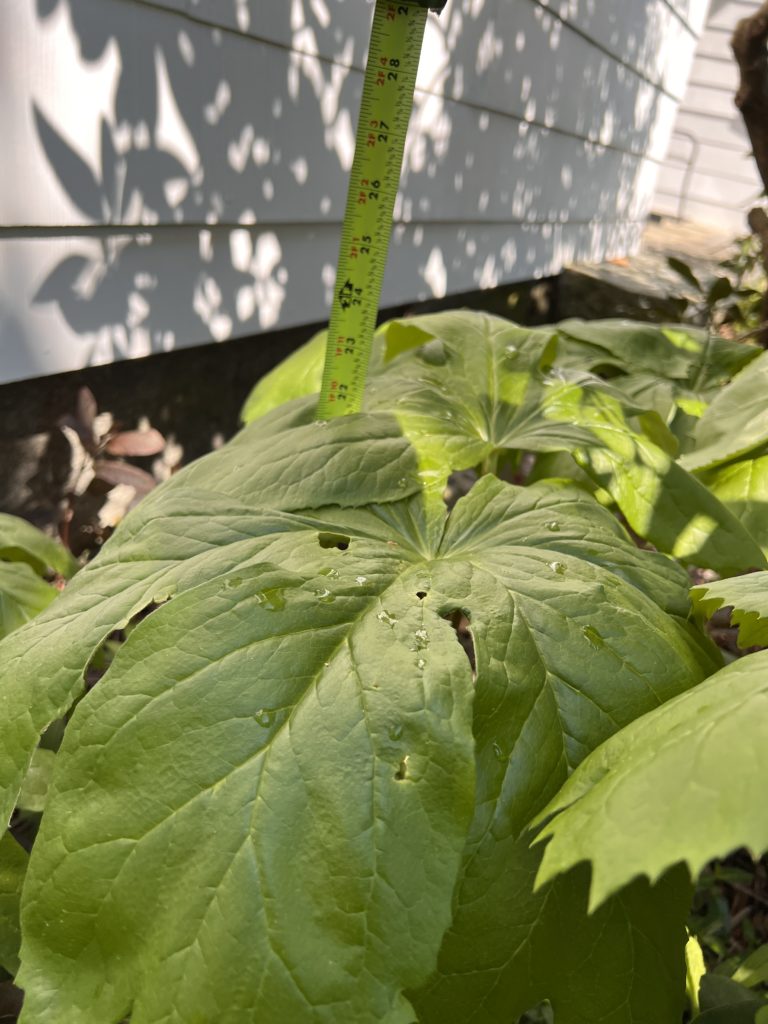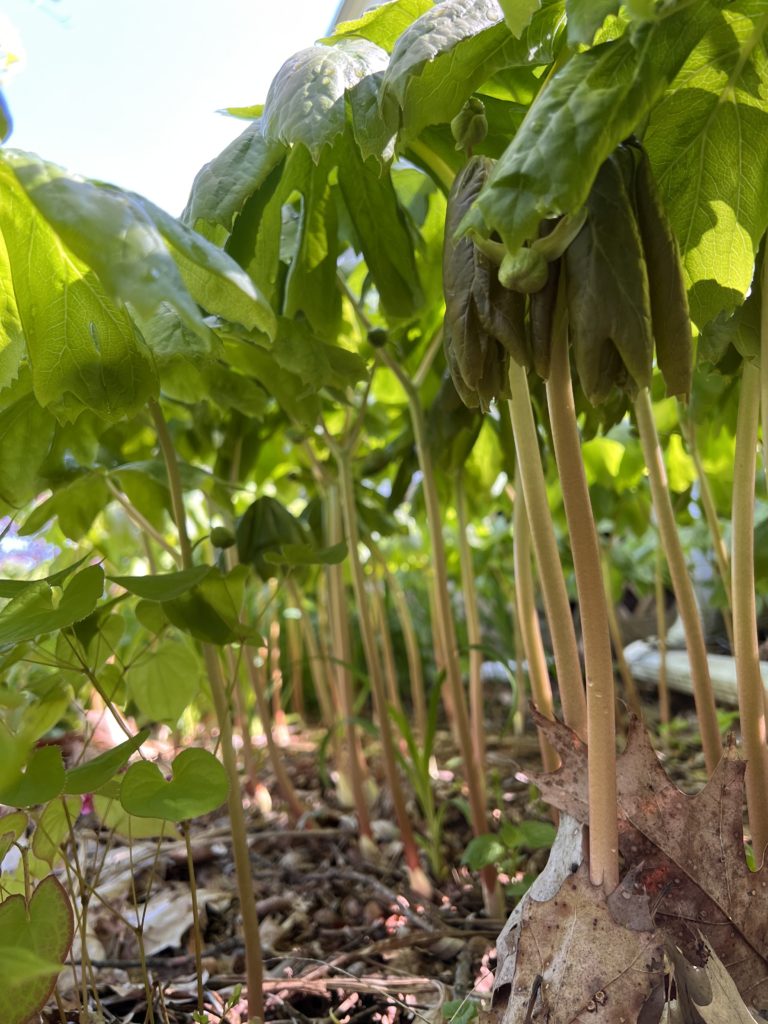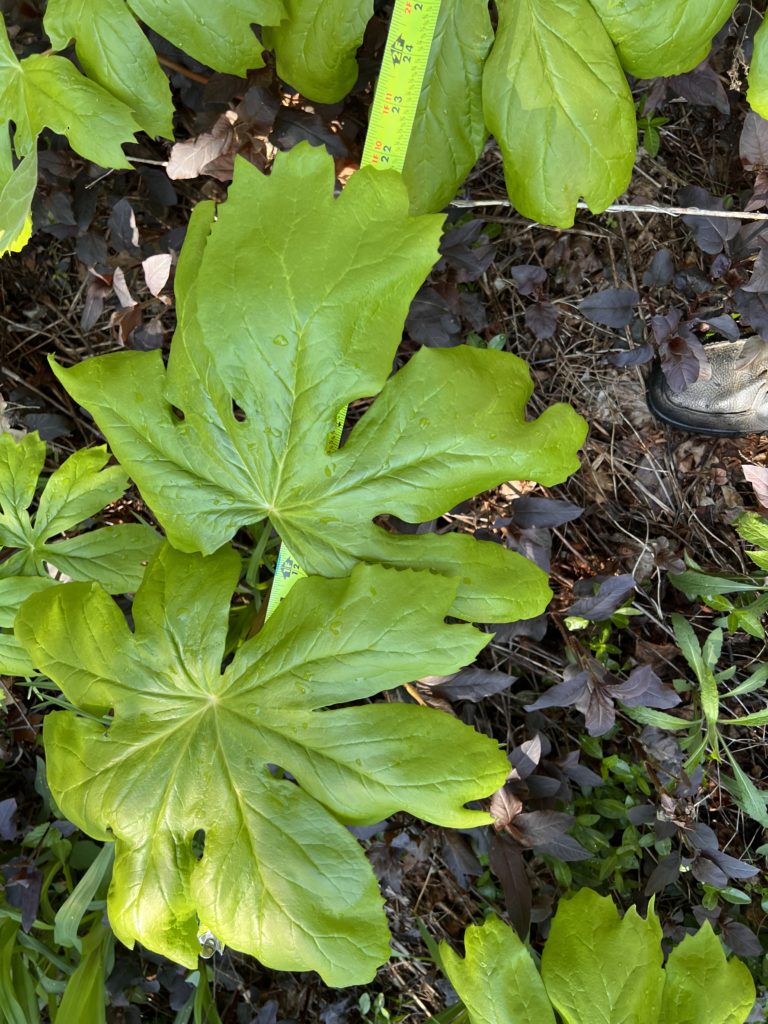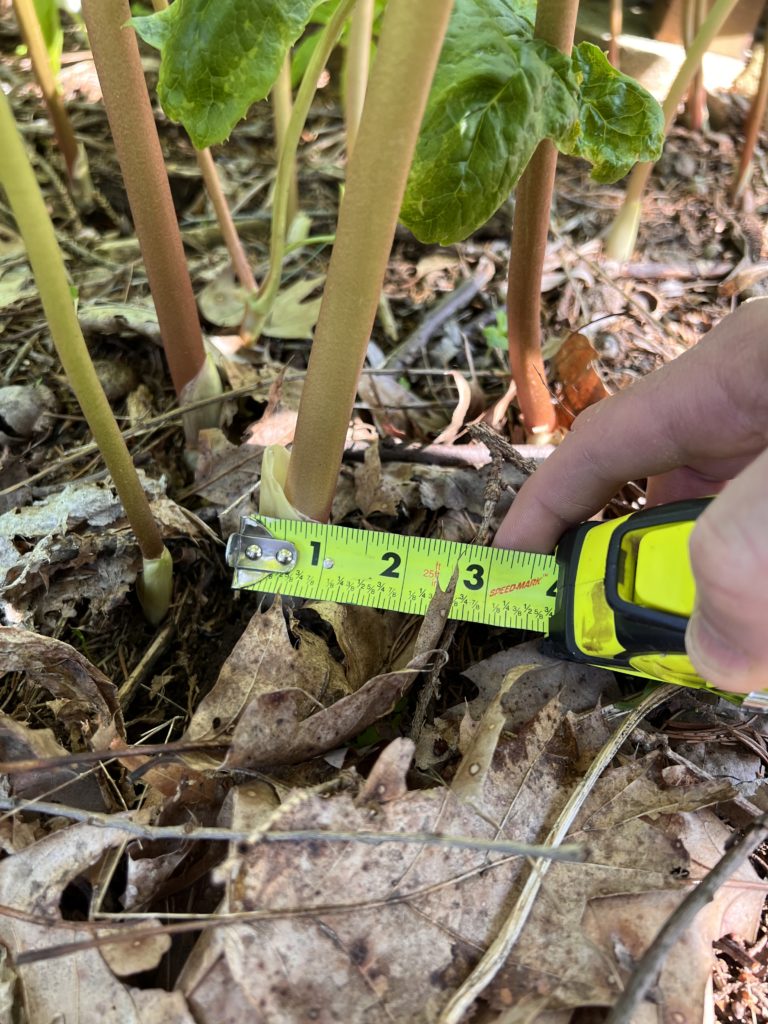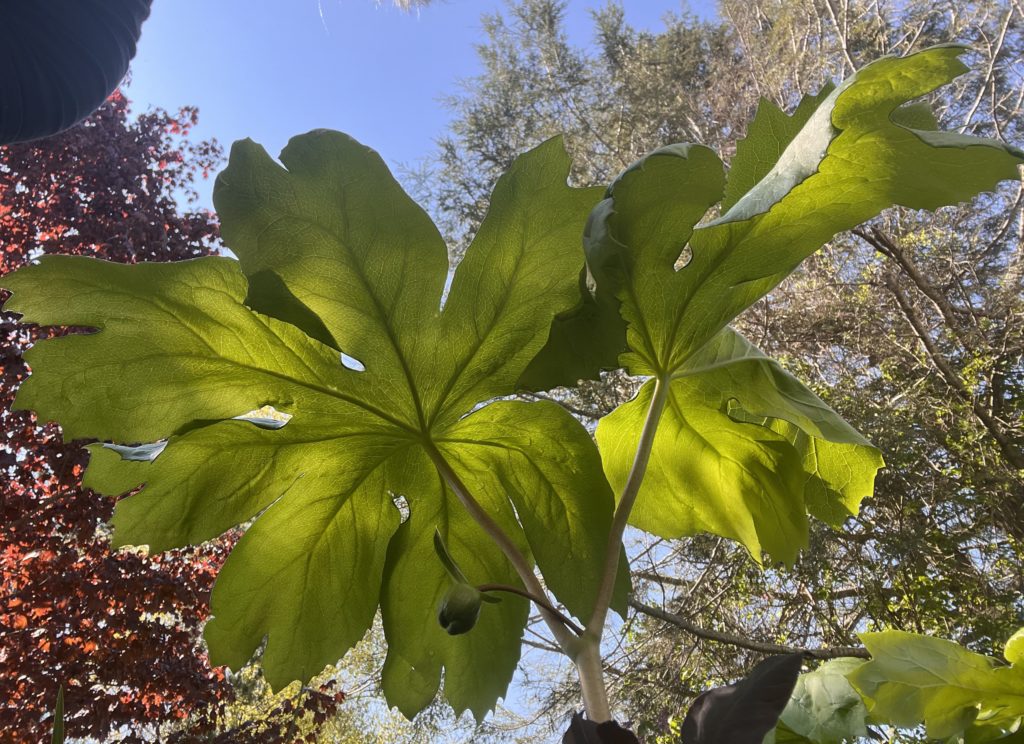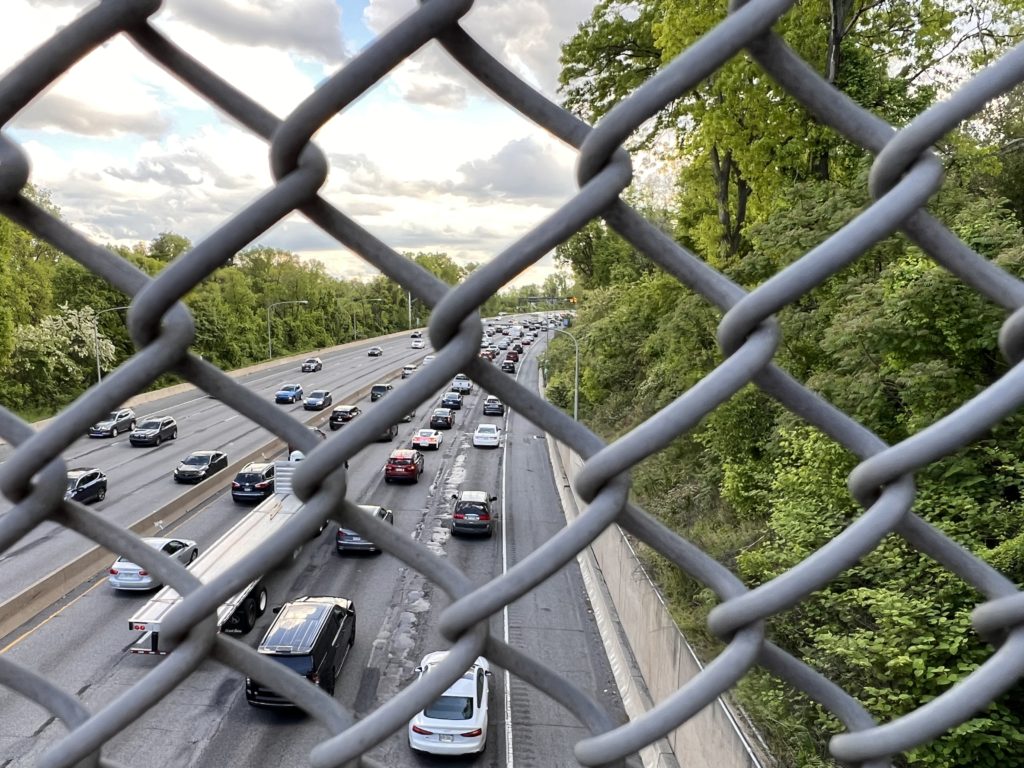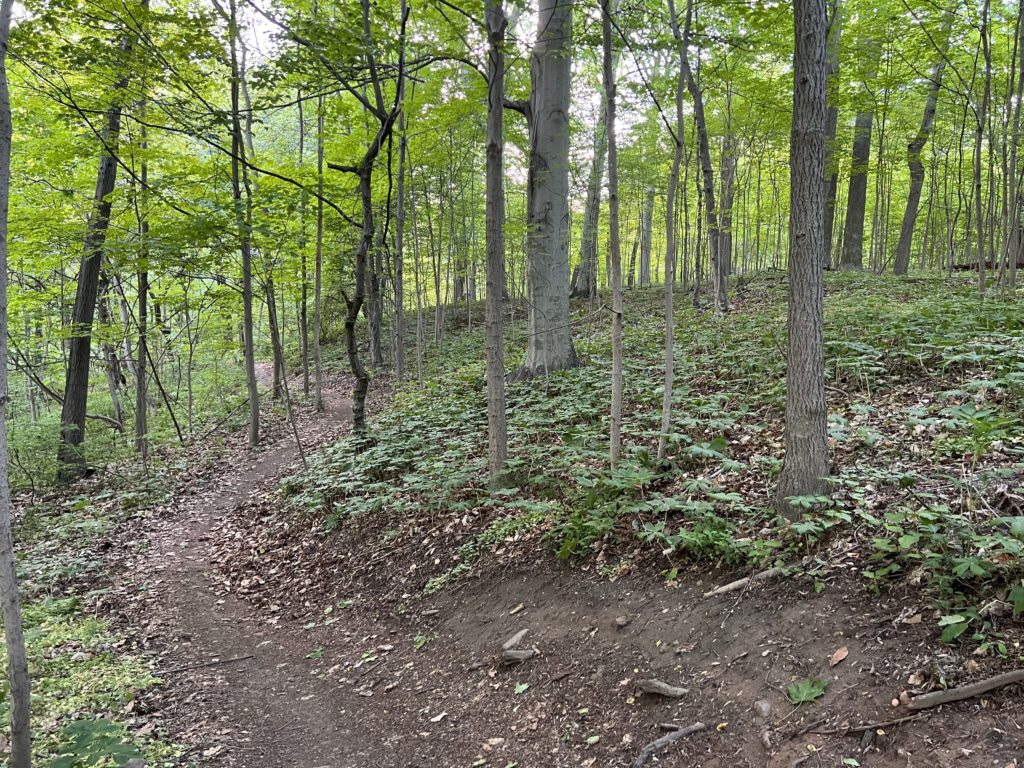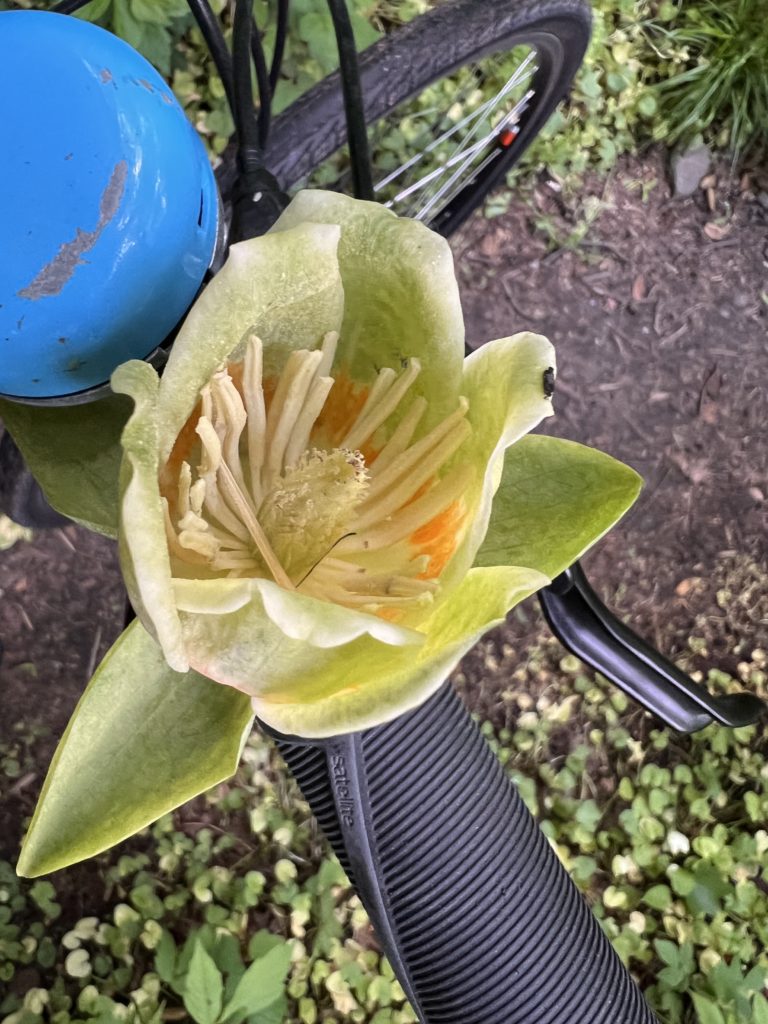I went to the Brimfield outdoor antique show and ended up driving over and crushing some of these flowers. I was directed to park on this spot. I still own what I did to those little delicate flowers but in a strange way I was actually helping the local population of that species. You will have to read on for that explanation!
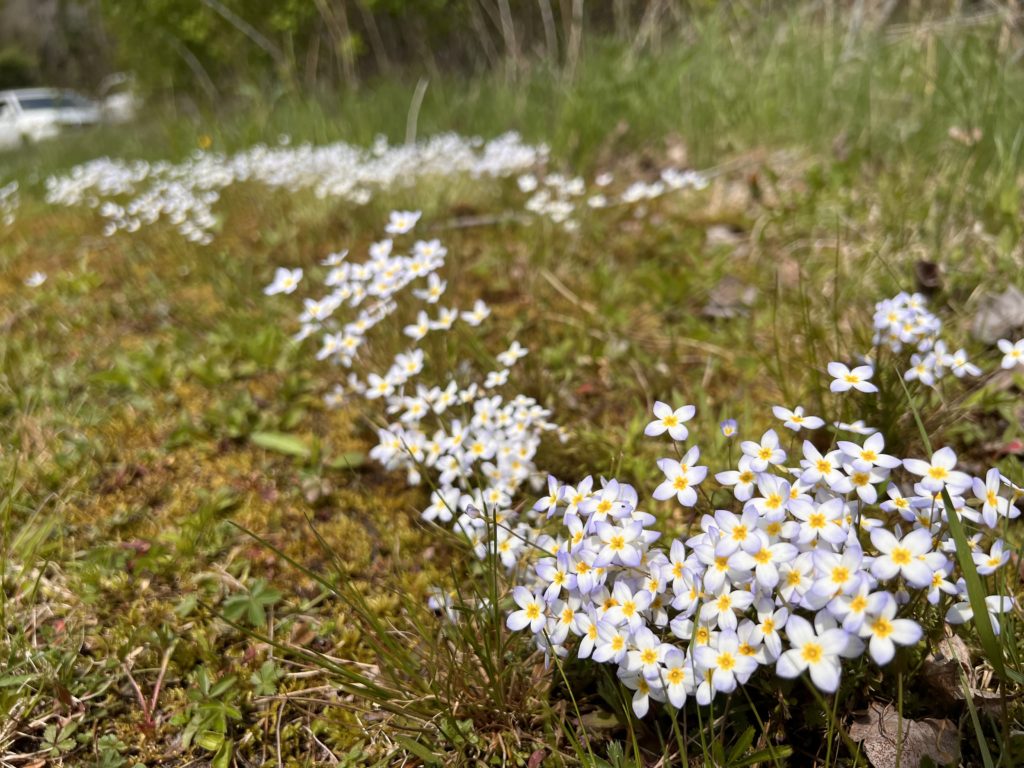
This beautiful spring wildflower is tiny, colorful and elegant, floating above the ground on the thinnest and most spindly of stems. They thrive on moist flat areas where the grass is diminished and mowed moist fields where the grass is continually kept at bay. The world renowned Brimfield Antique Show in Brimfield Massachusetts is a great place for them to thrive because acres of moist soils are continuously mowed to make way for the largest antique extravaganza in the world to take place three times a year. Many of them do get run over by tents and parking cars but the the conditions are still so favorable that they continue to thrive! I drove over a bunch of ‘em and when I loaded my van with all of my recently acquired antique finds I took great care to not crush any more! I did feel guilty for the ones I ran over with my automobile.
However, interestingly enough the huge show is helping the species locally by requiring the continuous mowing of fields to park cars on, even if many of them ending up getting crushed.
The complicated world of species survival, local species extirpation, and unintentional species codependency grinds on.
